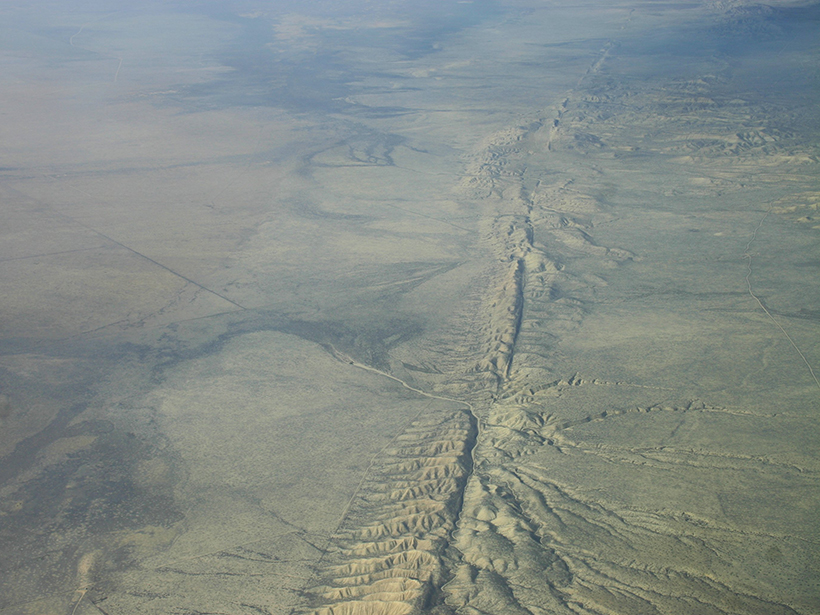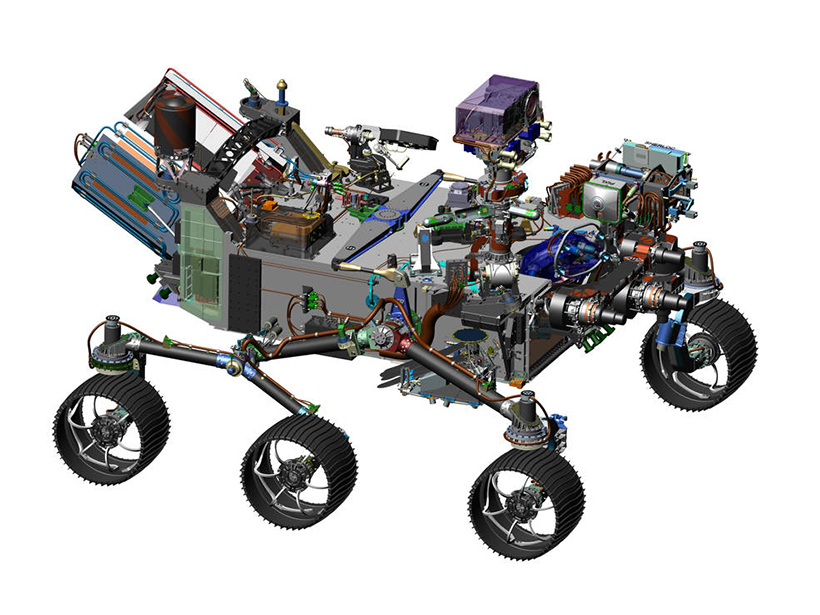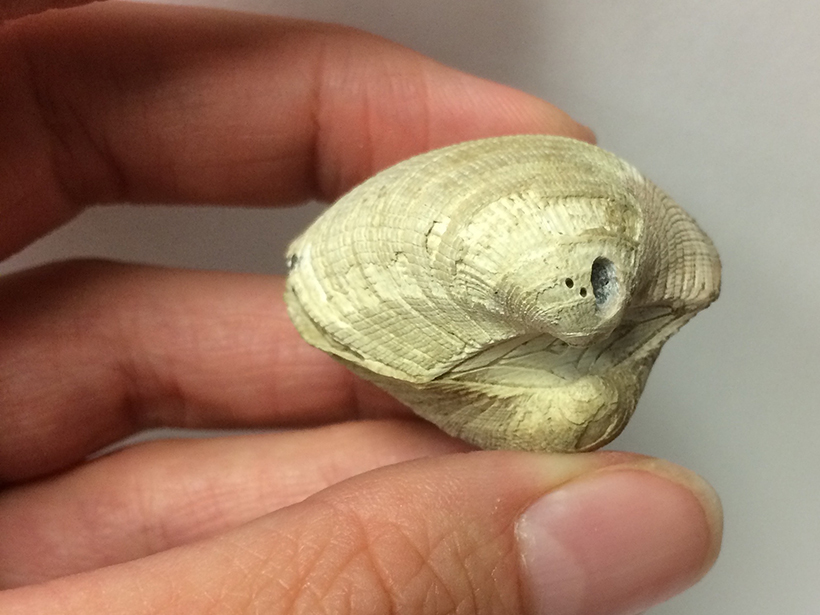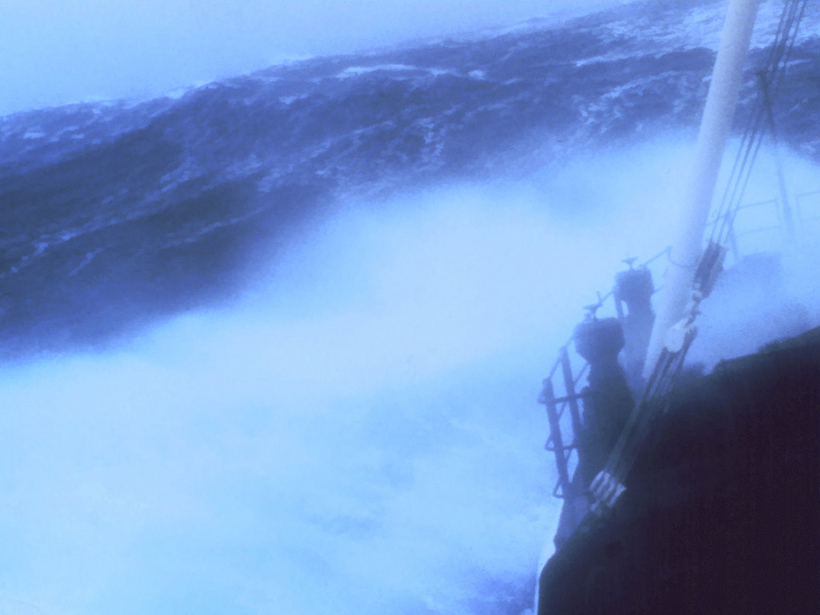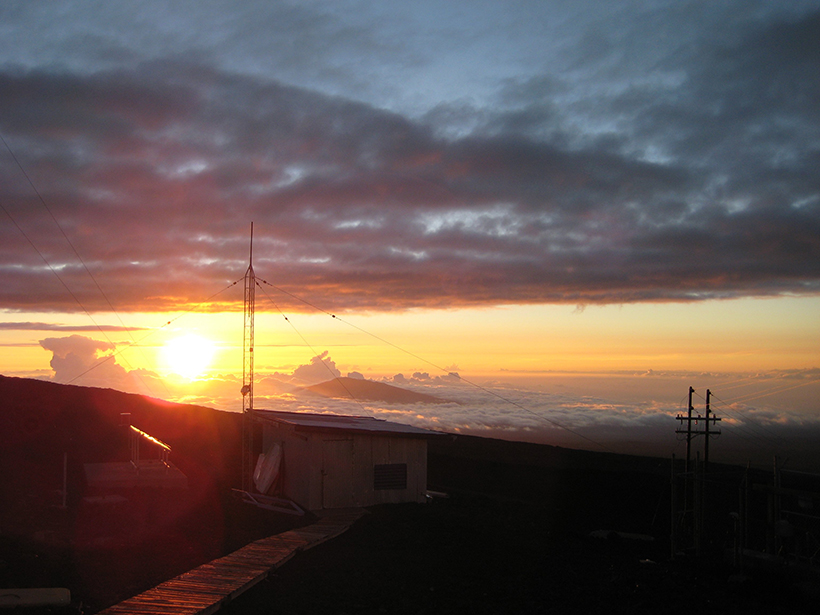As the National Park Service celebrates its 100th anniversary, we celebrate ongoing Earth and atmospheric research made possible by conservation efforts.
A. Coombs
Amy Coombs, a Summer 2016 editorial intern for Eos.org, is a Ph.D. student at the University of Chicago, where she studies economic and environmental history. She completed an M.S. from the Department of Forestry and Natural Resources and the Ecological Sciences and Engineering Interdisciplinary Graduate Program at Purdue University. Prior to graduate school, Amy worked as a science writer. Her work appeared in the San Francisco Chronicle, Nature Medicine, The Scientist, and PLOS Biology. Her radio work aired on the National Public Radio Hourly News Summary, Living on Earth, and Marketplace.
Tanzanian Volcanoes May Hoard Helium Ready for the Taking
Sweet spots of volcanic heat that are not too close to active eruptions may hold the world's richest reservoirs of the scientifically and medically important gas helium.
Tiny, Deep Quakes Increase on San Andreas as Tides Tug on Fault
When the gravity of the Sun and Moon causes Earth's crust to bulge every 2 weeks, slow-moving earthquakes proliferate in the lower reaches of the San Andreas, a new study finds.
Precision Landing Will Be Key to NASA's Mars 2020 Rover
Landing robotics distinguish the craft from past models, allowing researchers to target smaller flat areas that are surrounded by rock.
Climate Warming May Have Helped Kill the Dinosaurs
New evidence indicates ancient warming spells that coincided with prodigious volcanism and a powerful meteorite impact, both seen as possible causes of mass extinctions about 66 million years ago.
Telica Volcano Rested Quietly Right Before Spewing Ash
The length of quiet periods predicts the severity of eruption events, according to a new model that might soon help forecast explosions worldwide.
Model Predicts Heights of Rogue Waves
Rogue waves form without warning and can tower more than 25 meters high. A new mathematical approach shows promise at simulating how high these waves can be.
Mineral Flaws Clarify How Diamonds Form
A study of nanoscale, iron- and sulfur-rich impurities in diamonds provides new clues to the chemical processes that produce the superhard crystals and at what depths they occur.
Habitat Fragmentation Prevents Migration During Climate Change
East Coast species will face the most difficulty finding routes to cooler homes as climate change forces migration.
El Niño Will Increase Atmospheric Carbon to Historic Levels
Tropical fires and drought-stricken ecosystems that normally serve as sinks will release carbon, contributing to high atmospheric concentrations through 2016 and beyond.



